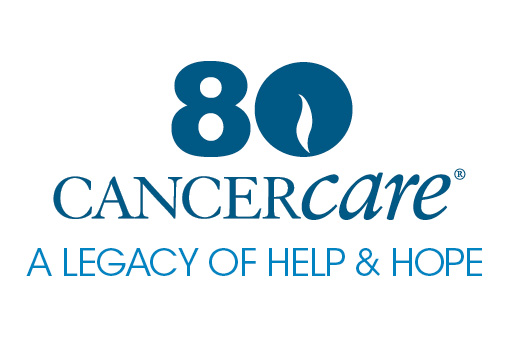Skin cancer is a concern for all people, including those with darker skin colors. Even if you never sunburn, skin cancer is still a risk. Skin cancer is often in a late stage of development when diagnosed in BIPOC (Black, Indigenous and People of Color). This can be dangerous in cases of melanoma, a skin cancer that is quick to spread. Any type of skin cancer can be difficult to treat in late stages.
Screening and early detection are important. When discovered early, most skin cancers can be cured, including melanoma. There are also many ways to reduce your risk of getting cancer.
Taking care of your skin. Everyday precautions can help reduce your risk of skin cancer. Stay in the shade whenever possible and wear clothing that protects your skin from the sun. A hat can cover your face and neck. As skin cancer can develop on the feet, wear shoes whenever possible.
People of color should wear sunscreen when spending time outdoors. The recommendation is for broad-spectrum protection, SPF 30 or greater, and the sunscreen should be water-resistant. This should be applied 15 to 30 minutes before going outdoors, even on cloudy days. It should be reapplied every two hours or after sweating or swimming.
Examining your skin. You should perform a monthly examination of your skin. This only takes a full-length or handheld mirror and some time to check your body thoroughly. A good time for this is after a bath or shower. A partner can help, and you may even ask your barber or hairdresser to spot any changes in the skin of your scalp and head.
Things to look for:
- New growths, spots, bumps or sores that do not heal normally
- Sores that have a hard time healing, especially on areas that were injured or scarred in the past
- Patches of skin that feel dry or rough
- Dark lines around or underneath fingernails or toenails
- Moles that have grown or changed recently
Know the “ABCDEs” of moles:
- Asymmetrical: Is the mole oddly shaped?
- Border: Does the mole have irregular or vaguely defined borders?
- Color: Does the mole have uneven coloring or multiple colors?
- Diameter: Is the mole larger than a pencil eraser or is it growing in size?
- Evolution: Has the mole grown or changed in any way?
Where to look on your body:
- Examine yourself all over your body
- Check parts of your body that get little sun, including the soles of your feet, toenails, backs of your knees, between your legs and buttocks
- Take care to check your head, neck and hands. Look at the palms of your hands and inside your mouth
See a dermatologist for professional screening. A dermatologist is a skin doctor who will be able to examine the chances of cancer more thoroughly. If you feel any uncertainty or risk, please see a dermatologist as soon as possible. Again, people of color may not feel themselves at high risk for skin disease and may delay visits to the doctor. This can lead to cancer being discovered at later, more deadly stages.
Finding a doctor you can trust is important. If possible, find one that has experience with people of color, as sometimes they show signs of cancer in different ways from people with lighter skin. Friends or family members might be able to help. You may also use a site like the Academy of American Dermatology Association (find-a-derm.aad.org[https://find-a-derm.aad.org/])) to find a doctor near you.
Your dermatologist will be able to examine your skin more thoroughly, answer any questions and provide further advice.
Edited by Marissa Fors, MSW, LCSW, OSW-C, C-ASWCM, CCM
